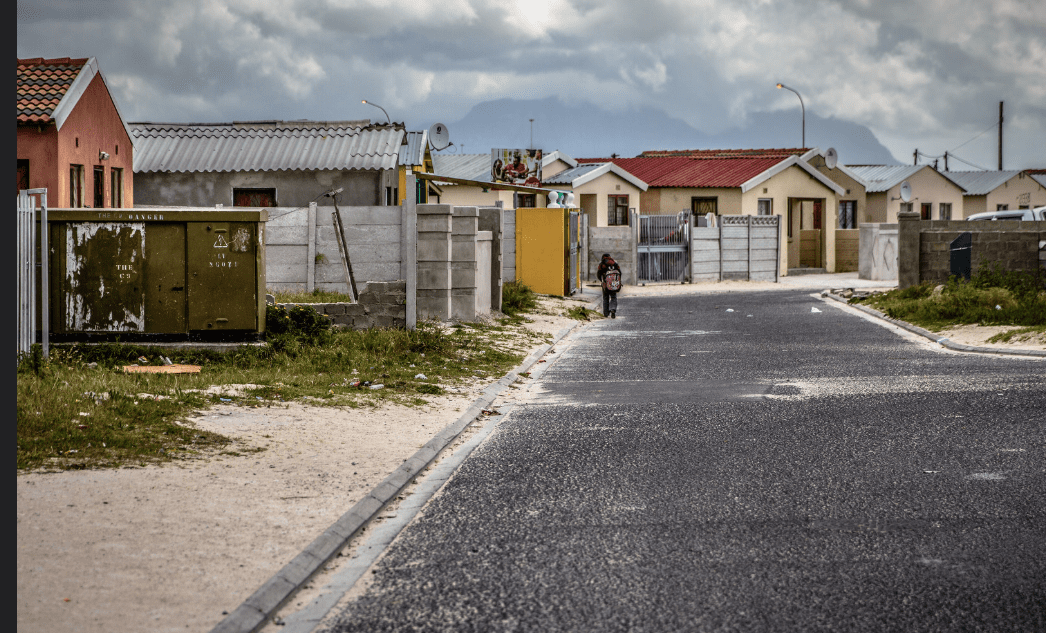In South Africa, the formal credit market has arguably some of the most progressive and comprehensive legislation anywhere in the world. Why then, are a growing number of South African consumers turning their backs on the protection provided by the National Credit Act and choosing to use the services of unregulated lenders known as ‘mashonisas’?
The simple answer to that question you might think is that not every South African consumer has the sort of credit rating that allows them to borrow money from regulated sources, but that explanation doesn’t paint a true picture of what’s really going on.
The rise of the mashonisa
So-called ‘mashonisas’ are South African loan sharks that operate outside of the protection provided by the National Credit Act. That means consumers have no legal protection from adverse lending and collection practices. In December 2017, an article published in Sowetan Live, entitled ‘Consumers borrow from mashonisas at the risk of life and limb’, suggested that mashonisas can use unsavoury and intimidating tactics to enforce the repayment of loans.
Despite the reputation mashonisas have gained, recent research by the personal loan provider Wonga found that borrowing from mashonisas in South Africa’s townships and informal communities is widespread. In fact, it’s estimated that there are at least 40,000 mashonisas in operation, typically lending small amounts that are repayable within one month. But if they’re known for their intimidating and unscrupulous practices, why are they proving to be so popular?
A viable alternative to formal lenders
Although mashonisas might be assumed to be a lender of last resort for borrowers who are unable to access finance from other sources, the research from Wonga has suggested that’s not the case. In fact, it found that many borrowers choose to use the services of a mashonisa in favour of a formal lender.
One of the main reasons borrowers choose to use mashonisas instead of formal lenders is the speed with which they can have the money in their hands. With mashonisas embedded in the local communities, individuals know exactly where to go to ask for a loan without having to travel to the cities.
Another benefit of this type of loan for many borrowers is the simple pricing structures they use. Although the loans are undoubtedly expensive with interest rates of 30-50 percent, there are no hidden charges or admin fees, so it’s easy to understand exactly how much they have to repay.
What type of loans do they offer?
The loans available from mashonisas tend to be for small amounts, between R100 and R5,000, and typically last a month. The money is often used to fund expenses such as cell phone airtime, transport costs, food and pre-paid electricity, as well as one-off expenses such as funerals.
Although there can be interest charges added if loans are rolled over and the interest rates are far higher than formal lenders provide, they are still the first port of call for many South Africans in need of a loan. Unless the formal credit market can catch up and deliver the same speed and simplicity of service, it’s unlikely this will change.







